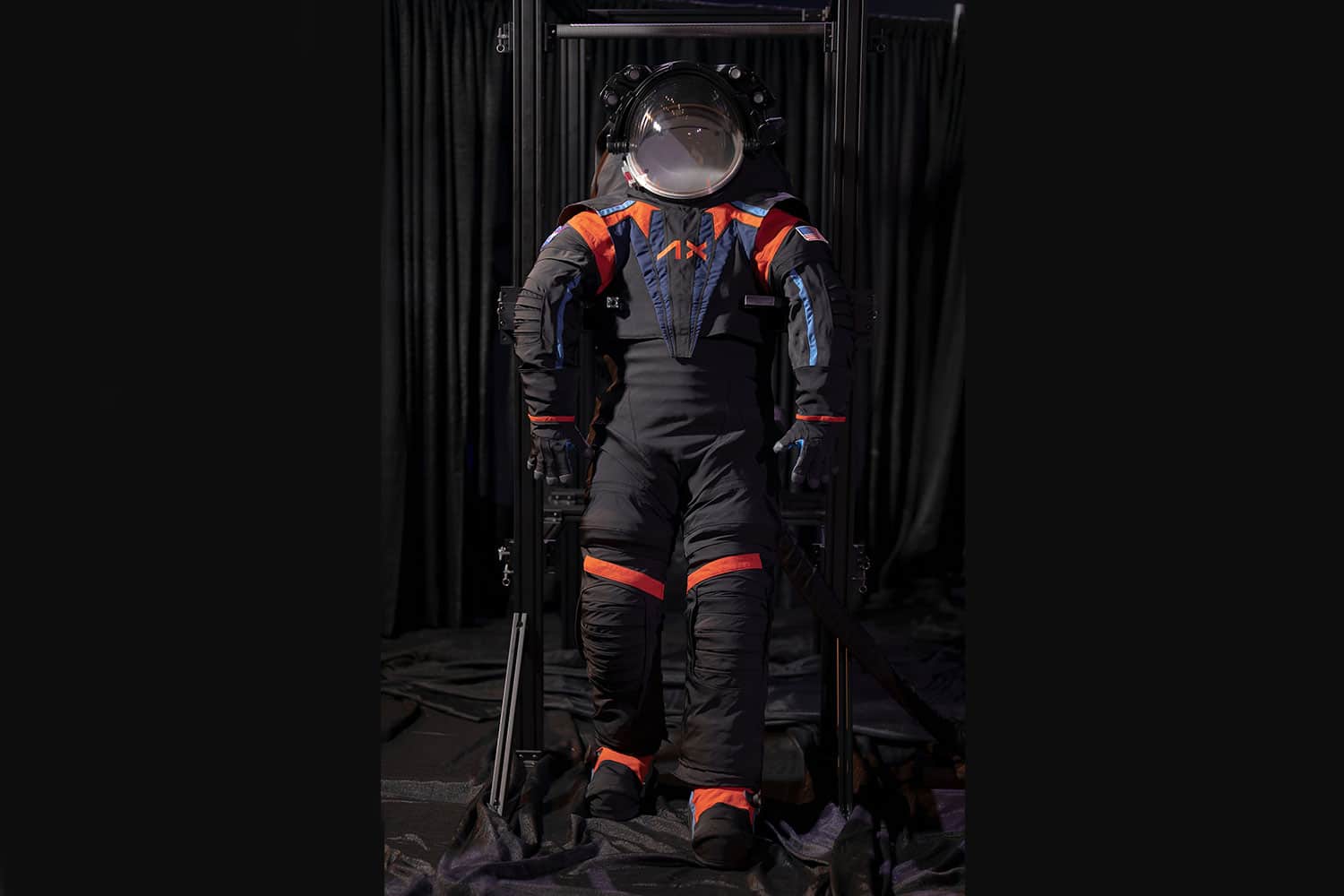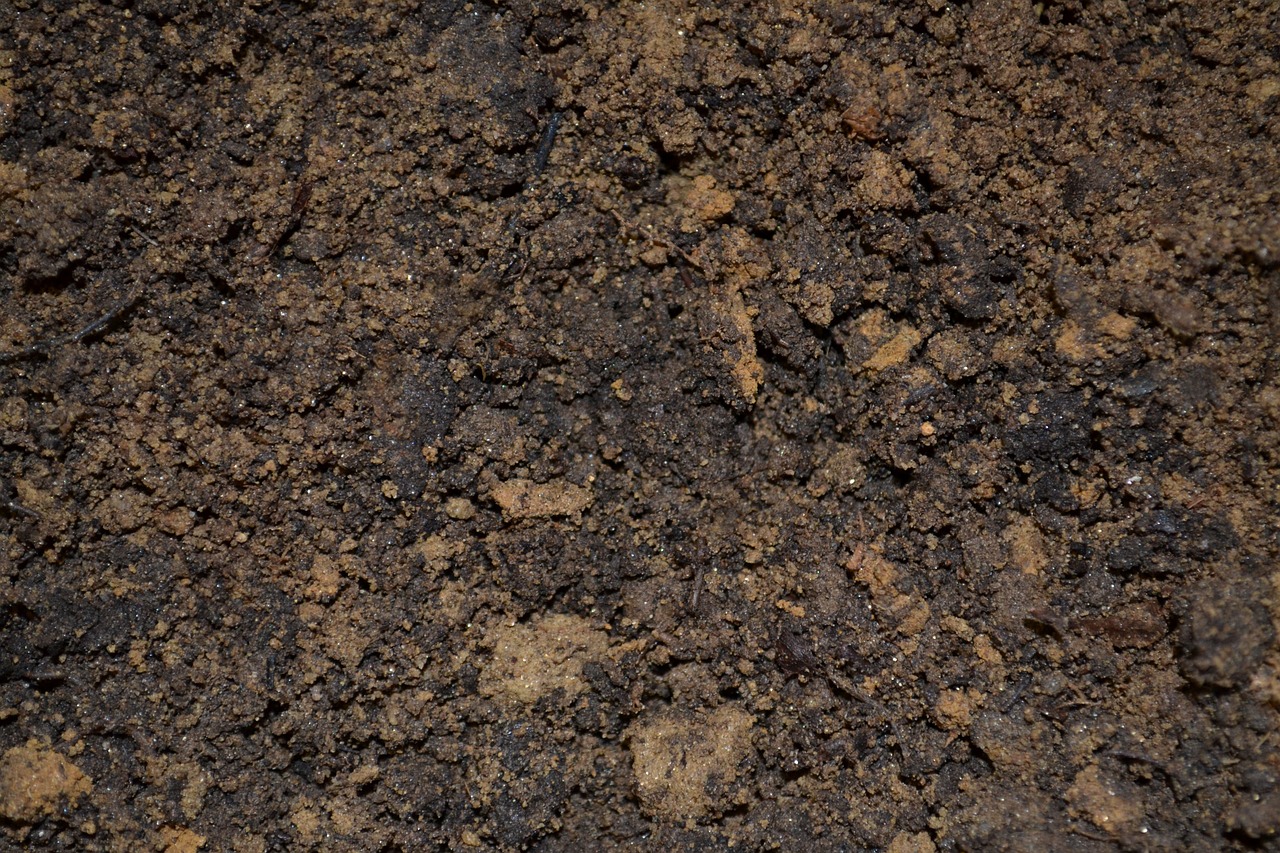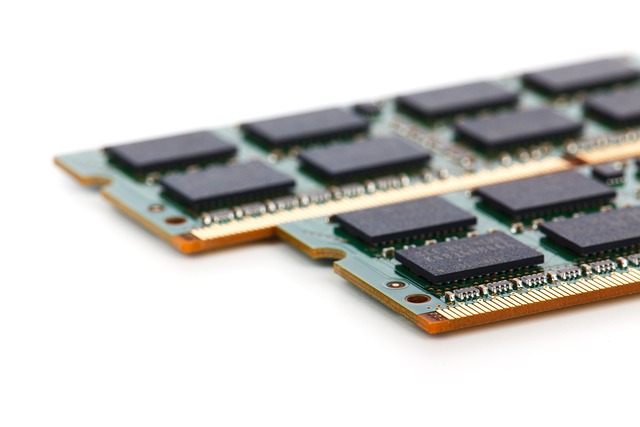NASA has recently unveiled the prototype for a newly designed next-generation spacesuit developed by a company called Axiom Space. The spacesuit is specially tailored and accessorized for the astronauts.
“We have not had a new suit since the suits that we designed for the space shuttle and those suits are currently in use on the space station,” said Vanessa Wyche, director of NASA’s Johnson Space Center.
“So for 40 years, we’ve been using the same suit based on that technology. And now today, Axiom is going to innovate. We’re going to provide (access to) all of our facilities and we will be working together to make sure that we have a safe suit that performs and everything that our astronauts use for doing surface operations.”
These spacesuits are designed for the upcoming Artemis lunar missions
Newly developed spacesuits are more comfortable and designed to fit a broader array of body types. The new design has more joints, which will help in improving mobility and comfortably picking things up from the ground.
Unlike bulky spacesuits during the Apollo era, new spacesuits weigh 55 kilograms (about 25 kg lighter than earlier ones).
Moreover, it provides greater protection from the harsh lunar environment. The spacesuit is also equipped with specialized tools to enable exploration of the Moon’s surface. The boots are well insulated to allow astronauts to work in very cold temperatures at the Moon’s south pole.
The suit also features an HD video camera and a light band mounted to the visor of the helmet
The spacesuit prototype is called the Axiom Extravehicular Mobility Unit, or AxEMU. The prototype looked black with blue and orange detailing. But the final version will be white “to reflect heat and protect astronauts from extreme high temperatures,”
“We’re carrying on NASA’s legacy by designing an advanced spacesuit that will allow astronauts to operate safely and effectively on the Moon,” said Axiom Space CEO Mike Suffredini.
“Axiom Space’s Artemis III spacesuit will be ready to meet the complex challenges of the lunar south pole and help grow our understanding of the Moon in order to enable a long-term presence there.”







